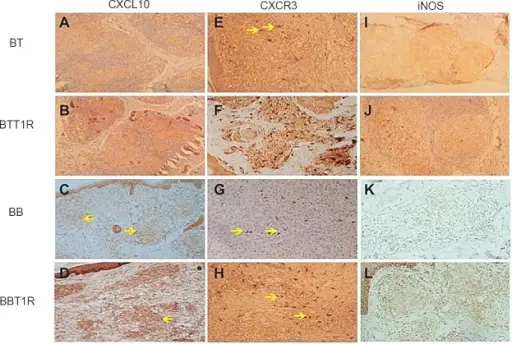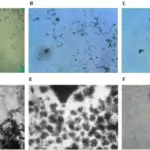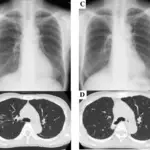Leprosy is an infection caused by slow-growing bacteria called Mycobacterium leprae that causes skin lesions and nerve damage.
What is the Pathology of Leprosy?
The pathology of leprosy is:
-Etiology: The cause of leprosy is Mycobacterium leprae.
-Genes involved: HLA-DRB1, HLA-DQA, HLA genes
-Pathogenesis: The sequence of events that lead to leprosy spreads through contact with the mucosal secretions of a person with the infection. This usually occurs when a person with leprosy sneezes or coughs.
-Morphology: The morphology associated with leprosy shows strongly acid-fast, rod-shaped bacterium. It has parallel sides and rounded ends, measuring 1-8 microns in length and 0.2-0.5 micron in diameter, and closely resembles the tubercle bacillus.
-Histology: The histology associated with leprosy shows epithelioid histiocytes surround small cutaneous nerves, Langhans giant cells may be seen but without necrosis.
How does Leprosy Present?
Patients with leprosy typically are all genders of all ages. The symptoms, features, and clinical findings associated with leprosy include thick or dry skin, painless ulcers on the soles of feet, growths on the skin, loss of eyebrows or eyelashes, and discolored patches of skin.
How is Leprosy Diagnosed?
Leprosy is diagnosed by skin biopsy.
How is Leprosy Treated?
Leprosy is treated by antibiotics dapsone and rifampicin.
What is the Prognosis of Leprosy?
The prognosis of leprosy is good.



